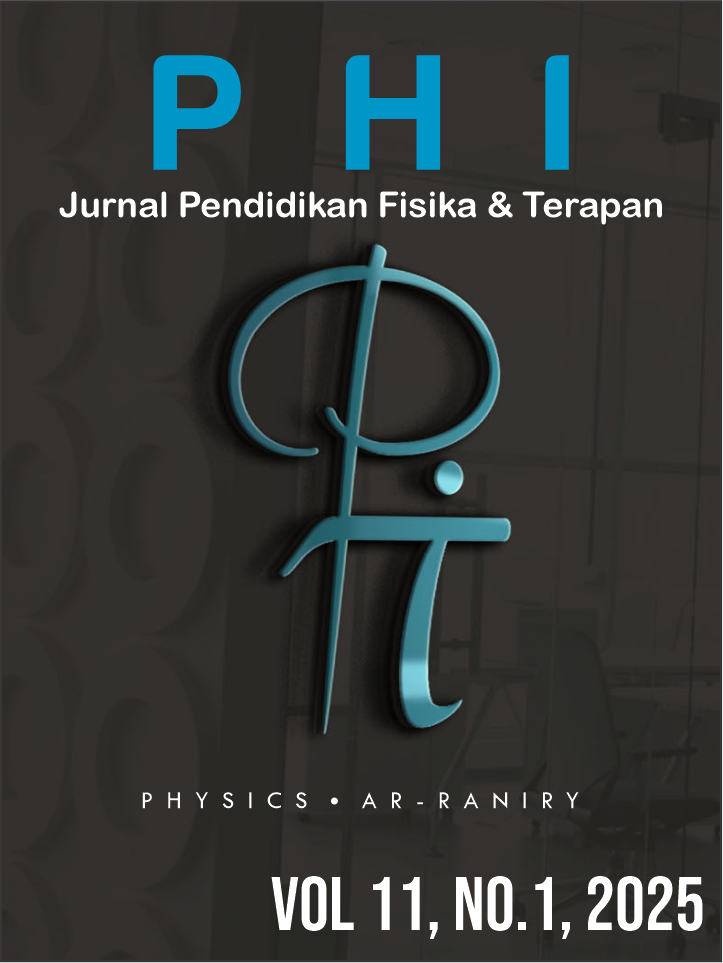The Effect of Variations in Cocoa Shell Carbon on the Characteristics of Environmentally Friendly Stamp Ink
DOI:
https://doi.org/10.22373/p-jpft.v11i1.20137Keywords:
skin cocoa, carbon, stamp ink,Abstract
Cocoa plants produce cocoa fruit that can be used to make chocolate. There is 75% cocoa shell waste, from 25% cocoa beans. The cellulose content of cocoa shells ranges from 23-54%. This study aims to utilize cocoa shells as carbon for making environmentally friendly stamp ink. The variations of cocoa shell carbon used are 30 grams, 35 grams, 40 grams and 45 grams. The making of stamp ink is done by cocoa shell carbon , then the carbon is ground and vacuumed with a 100 mesh sieve. The carbon powder is added with 15 ml of polyethyelene glycol, 35 ml of alcohol and 50 ml of distilled water in each variation. The characteristic of stamp ink include density, viscosity, drying time, rubbing resistence, pH and color pihment. The best result are in the 30 gram variation with a density value of 1,015 g/cm³, viscosity of 2,50 poise, drying time of 8 seconds, the ink rubbing resistance does not fade. A ph of 8.5 is alkaline and produces black pigments.Downloads
Published
2025-01-26
Issue
Section
Artikel
License
Authors who publish with Jurnal Phi agree to the following terms:
- Authors retain copyright and grant the journal right of first publication with the work simultaneously licensed under a Creative Commons Attribution License (CC BY 4.0) that allows others to share the work with an acknowledgment of the work's authorship and initial publication in this journal.
- Authors are able to enter into separate, additional contractual arrangements for the non-exclusive distribution of the journal's published version of the work (e.g., post it to an institutional repository or publish it in a book), with an acknowledgment of its initial publication in this journal.
- Authors are permitted and encouraged to post their work online (e.g., in institutional repositories or on their website) prior to and during the submission process, as it can lead to productive exchanges, as well as earlier and greater citation of published work (See The Effect of Open Access).

















